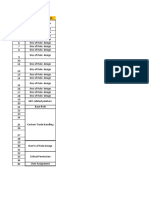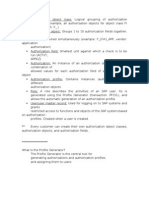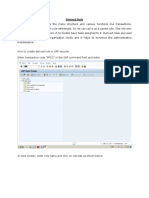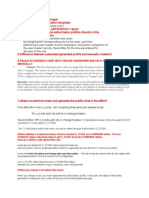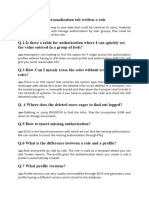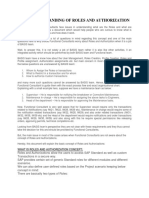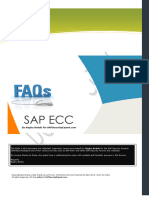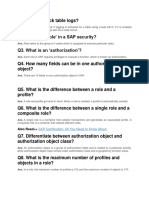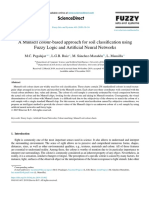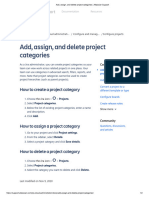0% found this document useful (0 votes)
22 views39 pagesSap Security
The document outlines the SAP security authorization concept, detailing various types of roles including Single, Composite, Master, and Derived roles, along with their purposes and creation processes. It explains the role creation steps in the SAP ECC landscape, the transport path for moving roles between systems, and the importance of maintaining authorization objects in SU24. Additionally, it provides guidelines for testing and transporting roles while ensuring compliance with organizational access restrictions.
Uploaded by
raghava786786Copyright
© © All Rights Reserved
We take content rights seriously. If you suspect this is your content, claim it here.
Available Formats
Download as DOCX, PDF, TXT or read online on Scribd
0% found this document useful (0 votes)
22 views39 pagesSap Security
The document outlines the SAP security authorization concept, detailing various types of roles including Single, Composite, Master, and Derived roles, along with their purposes and creation processes. It explains the role creation steps in the SAP ECC landscape, the transport path for moving roles between systems, and the importance of maintaining authorization objects in SU24. Additionally, it provides guidelines for testing and transporting roles while ensuring compliance with organizational access restrictions.
Uploaded by
raghava786786Copyright
© © All Rights Reserved
We take content rights seriously. If you suspect this is your content, claim it here.
Available Formats
Download as DOCX, PDF, TXT or read online on Scribd
/ 39






